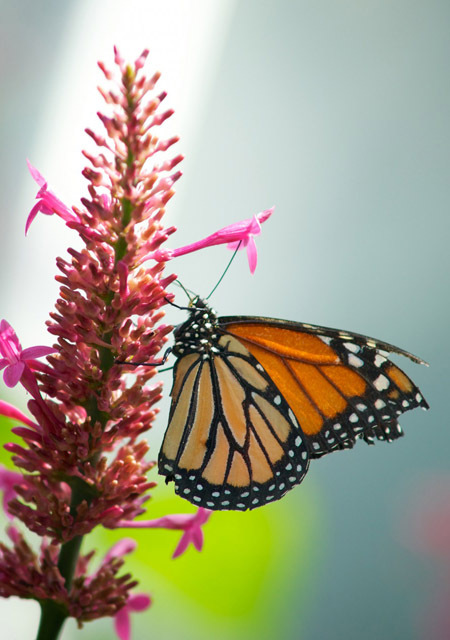In the face of rapidly-declining bee populations, farms across the country are under threat. In California, officials are now pioneering new methods to boost the health of the honeybees and butterflies.
Congressman Jeff Denham, who is also an almond farmer, said: “making sure we have healthy pollinators is critical to a state like California.”
Keith Robinson, ASLA, principal of the landscape architecture program at the California Department of Transportation (Caltrans), said it all starts with the soil. “We are prioritizing the improvement of soil quality on every single project. We want to make sure that soil sustains native plants and creates favorable conditions that encourage pollinator plants to not only to grow but thrive.”
Robinson’s team began this effort by performing studies on the optimal amount of compost that can be included in the soil. Compost “gets things moving along, and then the natural process takes over.”
The right amount of compost allows native species to out-compete non-natives, foregoing the need for many herbicides that might negatively impact pollinators. Robinson’s team realized they could use Caltrans’ often-idle snow blowers to spread compost.
Another innovative step taken by Robinson’s team was the development of native grass sod, or pre-packaged grass carpet. “With native grass, the thinking was you can’t cut the roots and expect the plant to grow. But we’ve proved that it works.” Native grasses not only help erosion control, they encourage pollinators.
In addition to these steps, Caltrans ramped up planting pollinator-friendly plant species along highways. TransPLANT, an online tool, helps landscape architects choose sustainable, pollinator-friendly plants for their own projects.

